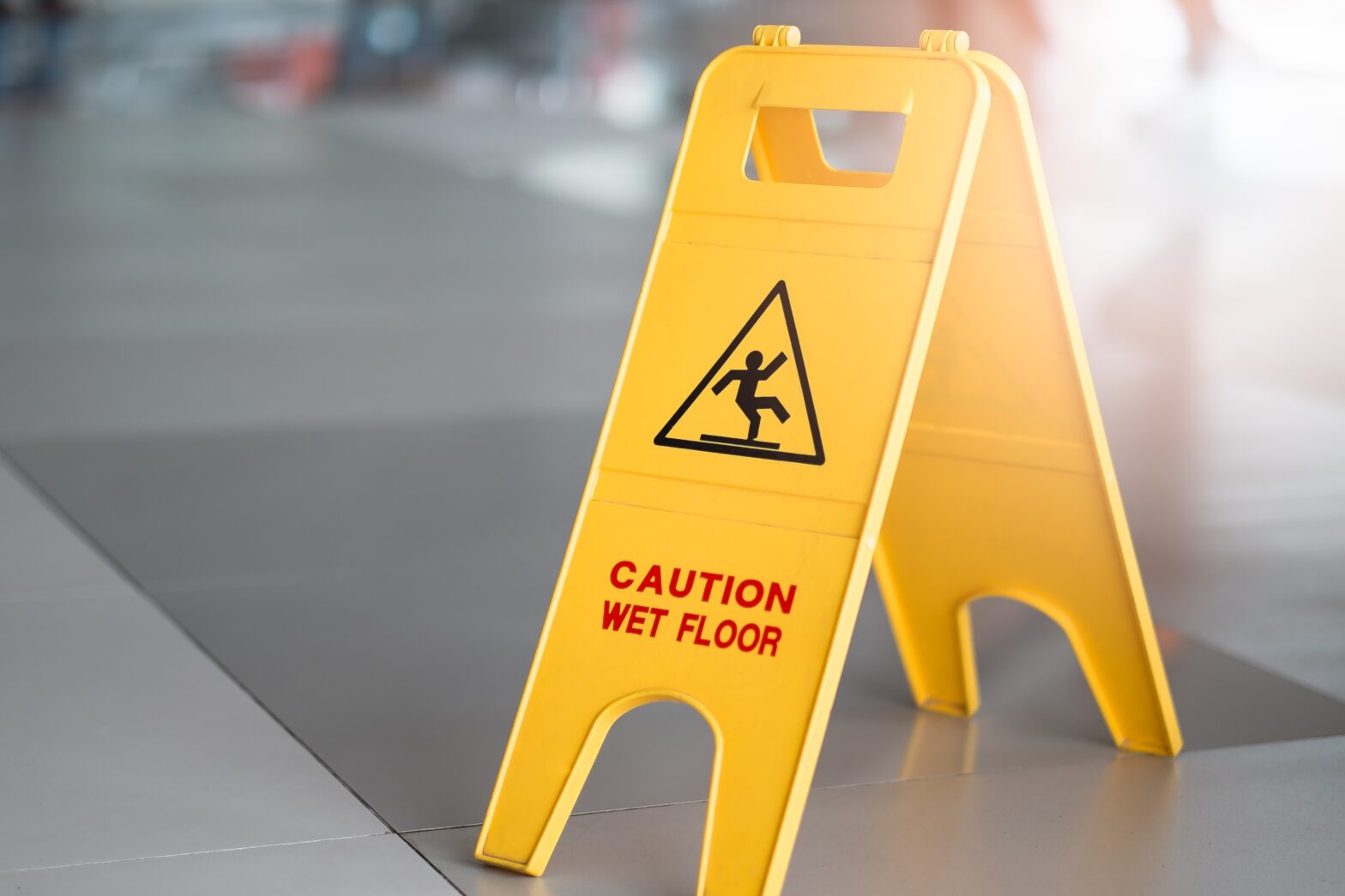Promote Work Safety with Continuous Learning

Creating a strong culture of safety requires continual effort beyond onboarding. Several leading companies still rely on a “one and done” method of training, where the new hire receives a barrage of information during orientation, yet is expected to retain and correctly apply that information on the floor. Unfortunately, this method doesn’t always work. Just as college students are advised not to cram the night before tests, studies show people are more likely to retain information when they’re fed knowledge in short spurts over a longer period of time. Instead of showering new hires with information, training should be delivered in a slow drip. A continuous learning environment consistently leads to the best results.
Employee Engagement is Key
How training is delivered makes a difference. Traditional methods like boring videos, long-form manuals, and wordy PowerPoints are outdated and ineffective. Today’s learners benefit from short learning “bursts” that keep material concise and encourage active learning. Using interactive elements like quizzes, remediation loops, and gamification keeps learners engaged.
Higher interactivity ensures workers pay attention, assesses comprehension, and facilitates knowledge retention. The ability to measure comprehension also enables supervisors to discern which workers need more attention, so they can focus resources where they’re most needed.
The Medium is the Message
Many companies have seen success using different media to create training materials. The most effective training uses digital tools that mimic how today’s learners experience the world: visually and digitally. Digital video placed in high-traffic areas can reinforce concepts already introduced in formal trainings.
Digital tools that are also interactive are especially effective, like an on-the-floor coaching app that reinforces training. Providing observations and corrective actions in the moment has helped several leading companies promote safety on the floor. Other interactive training tools, like scripted huddle guides, give supervisors a structured way to lead productive meetings and solidify training concepts to promote correct behavior.
Implementing an internal brand to get your company’s safety message across is yet another way to use different media ensure continuous learning. Just as Ritz Carlton signifies luxury and Volvo triggers safe cars, an internal safety brand communicated through various media provides consistency and instantly signals safety. In fact, an internally branded safety program, if given ample thought and resources can be an effective way to promote safety via continuous learning.
An Internal Brand for Your Safety Program
Several manufacturing companies have found success with an internal brand for their safety program. Here are some ways to lay a solid foundation for your internal safety brand so that it can stay consistent in promoting safety, while still adapting to growth and change over time.
1. Create a meaningful internal brand for your safety program. Many companies create internal brands, but often rely on HR to evangelize. But successful safety programs require more thought and care up front. Enlisting the help of creative brand and messaging specialists whose primary expertise is creating and sustaining strong brands ensures your brand won’t look cheap, thrown together, or generic.
While it may seem superfluous to create a separate safety brand for your company, a distinct brand means more than just lip service and a logo. A well thought out and executed safety brand with meaningful messaging can be a quick and effective touchpoint that reminds workers to always work safe on the floor.
2. Establish leadership. Once you’ve created your internal safety brand, it will need to be monitored. The programs that fail are the ones people forget about. Creating an executive committee of supervisors to track, measure, and refine the safety program gets everyone on board and ensures your program’s message doesn’t go stagnant. Leadership can also serve to help frontline workers understand why the safety brand matters.
3. Develop and deliver daily safety messages. When the key safety messages have been devised, they should be delivered daily to the supervisor-committee. This gets everyone aligned to the same safety message, which trickles down to all employees. It also requires every supervisor to regularly interact with his or her team to deliver that day’s message, which increases retention.
4. Get creative with multi-media for delivery. Safety messages aren’t only delivered through text. Just as multimedia should be used to deliver safety training, using graphics and video to promote your internal safety brand can make it really stand out and resonate. Customized training materials that incorporate images from your actual workplace or use actual workers can make an even bigger impact. When workers recognize themselves in content, they’re more likely to take notice — and retain the information.
5. Implement a system to measure results. How will the success of the safety program be measured? Figuring out a rating system to measure KPIs will help gauge the effectiveness of the internal safety brand. Things you might track: total recordable incident rates, injuries, OSHA violations, employee turnover, and customer complaints.
Whether you start with a safety training program or develop an internal safety brand to connect with your employees, safety on the floor is the first step toward better performance and yield.
Learn more about how a multi-channel safety program that starts with your frontline workers can promote a culture of safety in your company.





